Vaccines are used to prevent or reduce problems that can occur when a poultry flock is exposed to field disease organisms. Vaccinations should be thought of as insurance. Like insurance, there is a price to be paid for protection against a potential threat. Costs include price of the vaccine, time spent designing the vaccination schedule and administering the vaccines, and losses due to vaccine reactions from the live-type vaccines and localized tissue damage from killed-type vaccine injections.
As with insurance, if the risk of a particular disease is low in the area, it makes little sense to vaccinate against that disease, as the costs may outweigh the benefits. Once a decision is made to vaccinate, many factors have to be considered to ensure that vaccinations are successful.
Before discussing the actual causes of vaccination failure, the two categories of vaccines commonly used in the commercial poultry industry must be described, and the term "vaccination failure" must be defined. A live-type poultry vaccine contains a virus or bacteria that must infect the chicken and multiply in its body to produce immunity, preferably with minimal reaction. Multiplication of the virus in the chicken is necessary, as only relatively small amounts of virus are administered to the bird. By multiplying in the chicken, increased amounts of virus are recognized by the chicken's immune system, thus an enhanced immune response results.
Advantages of live-type vaccines are ease of administration, low price, rapid onset of immunity, and a broader scope of protection because chickens are exposed to all stages of the replicating virus. Disadvantages include problems with uniform vaccine application, excessive vaccine reactions, unwanted spread of the vaccine virus to neighboring poultry houses, and extreme handling requirements needed to maintain viability of the vaccine organism.
A killed-type poultry vaccine is prepared from bacteria or viruses that have been inactivated and processed, thus will not spread from bird-to-bird and requires individual injection. Killed vaccines are usually combined with an adjuvant such as aluminum hydroxide or an oil. Adjuvants enhance the immune response by increasing the stability of the vaccine in the body, which then stimulates the immune system for a longer period.
Advantages of killed-type vaccines are assurance of administration of a uniform dose (birds are individually injected), safety (the organism has been inactivated), development of uniform levels of immunity (each bird receives the same dose), no chance for spread of vaccine organism to neighboring poultry farms, increased product stability, and a choice of a wider variety of virus strains. Disadvantages are increased costs (labor and product), slower onset of immunity, narrower spectrum of protection, and presence of localized tissue damage at site of injection due to reaction with the adjuvant.
A vaccination failure occurs when, following vaccine administration, the chickens do not develop adequate antibody titer levels and/or are susceptible to a field disease outbreak. When a vaccination fails, the natural inclination is to blame the vaccine. Although this is certainly an important consideration, other factors must be evaluated to determine the cause of the failure. Some of these are described below.
A high level of maternal antibodies in the young chicken may interfere with the multiplication of live vaccines, reducing the amount of immunity produced. For example, if a chick comes from a breeder hen with high levels of antibody against Gumboro (Infectious Bursal Disease), the chick will typically have high levels of antibodies (maternal) for several weeks. If vaccination is attempted in the presence of these antibodies, some of the vaccine virus will be inactivated. A decreased response to the vaccine results (Figure 1 and Figure 2).
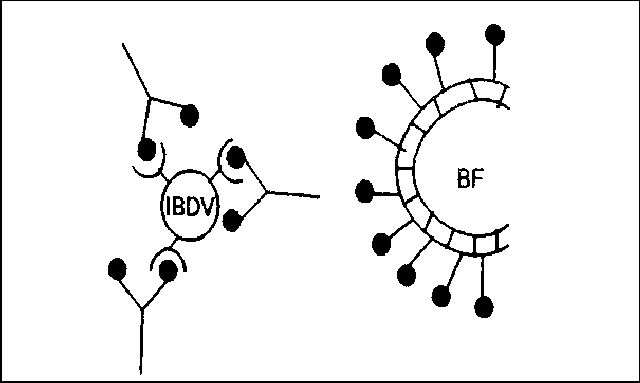
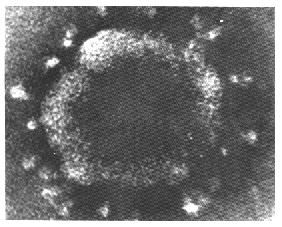
Stress may reduce the chicken's ability to mount an immune response. Stress could include environmental extremes (temperature, relative humidity), inadequate nutrition, parasitism, and other diseases. Chickens should not be vaccinated during periods of stress. That is, delay vaccination until the birds are healthy (Figure 3).

Live vaccines may be inactivated due to improper handling or administration. Before administering live vaccines, check and record lot numbers and expiration dates on the vials. Store and handle vaccines as recommended by the manufacturer. Once a vaccine is reconstituted, the "time clock is ticking." Infectious bronchitis vaccine loses 50 percent of its potency in warm conditions in under 1 hour (Figure 4).
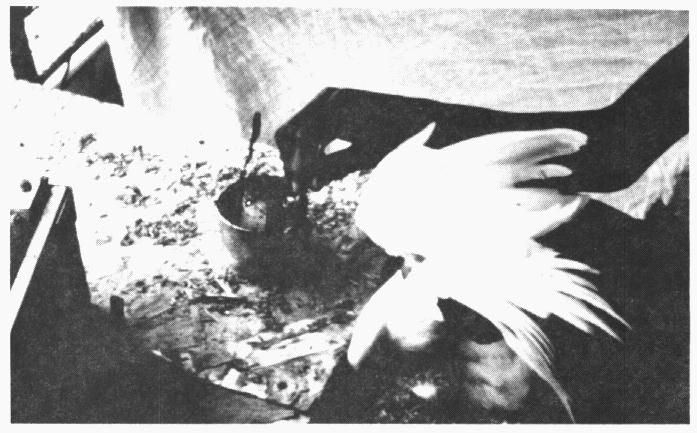
The vaccine may not contain the proper strains or serotypes of organism required to stimulate protective immunity. Although the vaccine is administered properly and uniform and adequate antibody titers are present, the chickens still break with the disease, particularly with infectious bronchitis and more recently with infectious bursal disease.
Most infectious bronchitis vaccination programs include the Massachusetts and Connecticut serotypes of infectious bronchitis virus in the vaccine. If the chickens in the field are challenged with the Florida, Arkansas, or other variant serotypes, the disease may occur (Figure 5). Likewise, if protective levels of antibodies against infectious bronchitis virus are present, this does not suggest the chickens are necessarily protected against Newcastle or other diseases (Figure 6). Antibody titer levels must be determined for each disease.
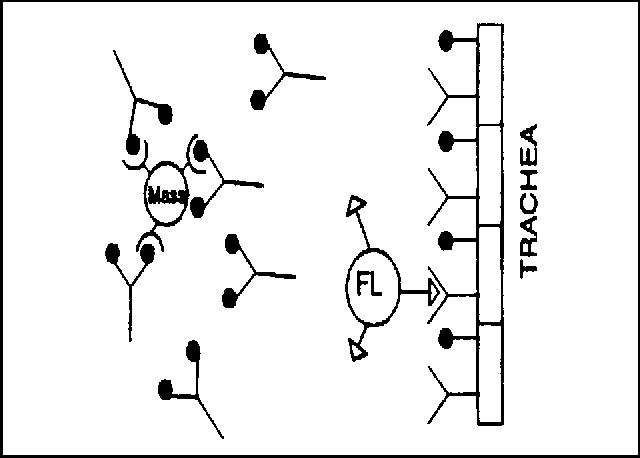

Poor distribution of live vaccine administered by the water or spray route may result in chickens being "missed" in parts of the house (Figure 7). Relying on transmission of the vaccine from bird to bird is risky, and can result in excessive rolling-type reactions of long duration and delayed immunity in the flock (Figure 8). "Misses" with killed vaccines will result in chickens with no protection, as killed vaccines will not spread from bird to bird (Figure 9).
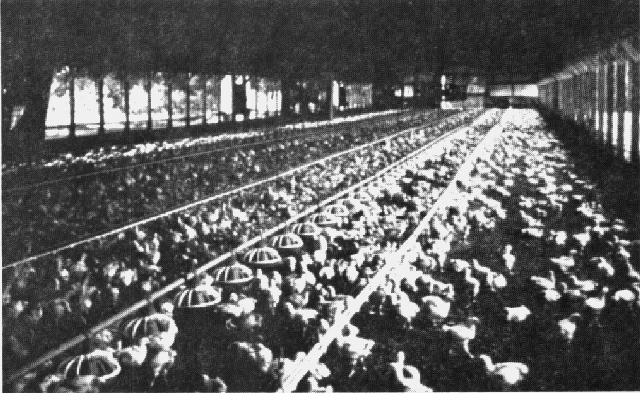

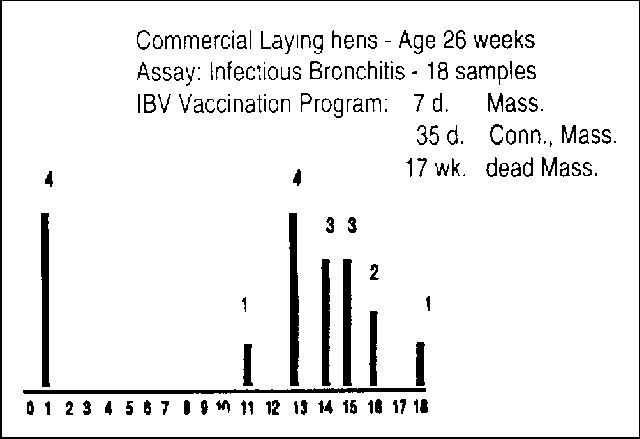
Chickens may already be incubating the disease at the time of vaccine administration. Despite proper administration, the birds become diseased because time is needed for antibody production to begin and reach protective levels. Remember, after first exposure to a live virus-type vaccine, immunoglobulins G, M, and A are first detected approximately 4 to 5 days following exposure. Additional days are required for titers to reach protective levels (Figure 10).
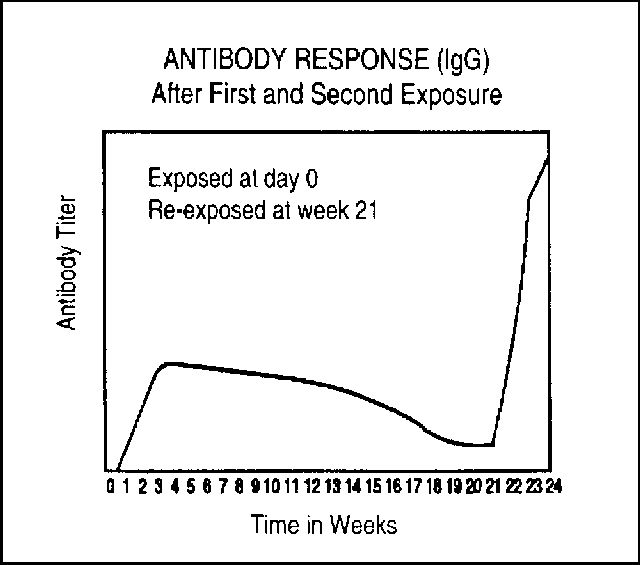
Chickens may be immunosuppressed due to infection with infectious bursal disease virus or Marek's' disease virus, or from consumption of feed with high levels of mycotoxins. The term immunosuppression refers to circumstances where the non-cellular (antibody) and cellular components of the immune system are not functioning properly. This may result in the development of only limited protection from the vaccination and an excessive vaccine reaction with morbidity and mortality (Figure 11 and Figure 12).
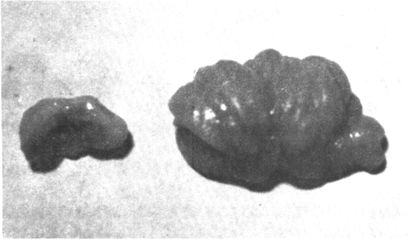
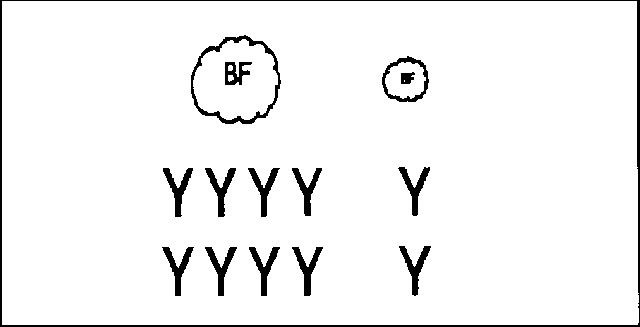
Some vaccines do not reduce field virus shed following challenge, resulting in large quantities of field virus in the environment. This results in increased chance of spread among farms and a higher challenge dose. The ability of a vaccine to reduce shed of the field challenge virus varies and is generally more effective with live vaccines as compared to recombinant vaccines, inactivated vaccines, and live vaccines that are not highly homologous with the field challenge virus. This appears to be a factor in poor immune responses to vaccines to the Genotype 7 Newcastle disease virus and variants within the avian influenza virus types.
Vaccine may be of poor quality (low vaccine titer, contaminated, etc.). The vaccine manufacturing industry is highly regulated and has extensive internal quality control. Vaccine failure due to problems with the vaccine are rare (Figure 13).
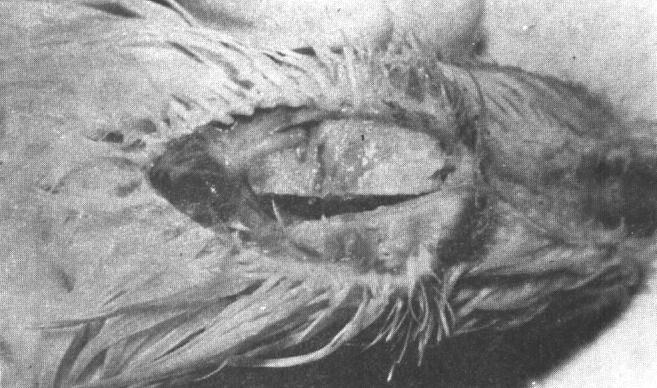
From time to time, vaccination will fail. Although the quality of vaccine is typically blamed, there are many other factors that need to be considered. Vaccines need to be thought of as life insurance. Most people have life insurance, but few hope to have to use it anytime soon. Likewise, in a poultry operation, the objective should be disease prevention (through effective biosecurity procedures). However, if there is a breakdown in the biosecurity program and a disease outbreak occurs, the vaccination program (insurance) needs to be adequate and effective to limit resulting losses. A thorough understanding of the causes of vaccine failure will help prevent such losses in the future.